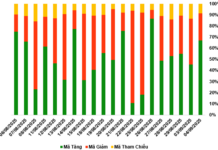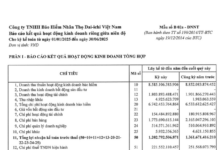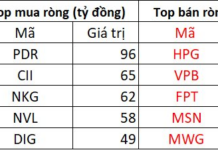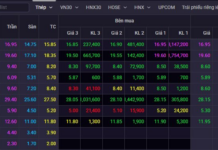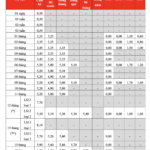
Gold bars on display at the US Bureau of Engraving and Printing in Washington, DC. Photo: AFP/TTXVN
Weaker US economic data and concerns about banks have helped push gold prices up by 5% in the past four trading sessions. A strong rally in the sessions of March 5th and 6th pushed gold prices above the previous highs set in December 2023 and hit a new peak of $2,161.09 per ounce. However, the speed and scale of this move caught many market observers off guard, especially when there were no significant changes in the outlook for the timing of the US Federal Reserve’s (Fed) interest rate cuts.
The current political tensions have greatly supported gold. And the metal’s performance over the past year has surprised some seasoned market watchers given the current price hike, as inflation remains high despite soaring interest rates.
Gold usually has an inverse relationship with bond yields, but the precious metal is being supported by strong central bank demand and consumer demand from China.
So, is the recent price hike just a flash in the pan, or is this precious metal just getting started? Here are the factors to consider:
Real interest rates
The biggest driver of gold prices over the past year has been the market’s anticipation of when the Fed will start cutting borrowing costs. Markets predict that the likelihood of the Fed’s interest rate cut will be around 65% in June 2024, compared to 58% at the end of February 2024.
On March 6, Fed Chairman Jerome Powell reiterated to lawmakers that the Fed would not rush to cut interest rates until policymakers believed they had won the battle against inflation.
When the Fed actually cuts interest rates, it will reduce the cost of holding non-yielding assets like gold. US real interest rates have been declining since October 2023, but gold’s recent surge has exceeded expectations.
Technical factors
Gold prices reached $2,152.25 per ounce on March 6th and traded at a new high of $2,161.09 per ounce on March 7th.
United Oversea Bank Ltd. identified the next significant resistance level for gold at $2,163 per ounce. However, Rhona O’Connell, head of market analysis at StoneX Financial Ltd., believes gold has been overbought above $2,115 per ounce. She said weak US data from last weekend triggered trades on a “herd effect”.
China’s gold buying
Swiss exports to China nearly tripled in January 2024, amid consumer seeking a hedge against the market instability in the country’s stock and real estate markets. As the largest banks in the country cut deposit rates, depositing money in banks became less attractive than gold.



